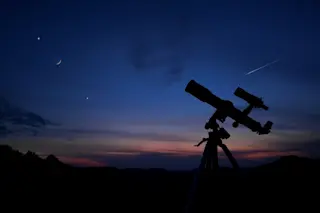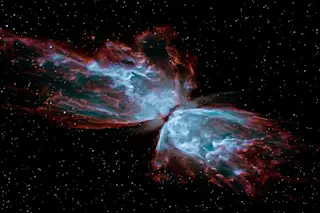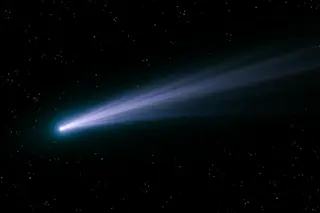Jan Purkinje was a 19th-Century Czech physiologist known for recognizing that fingerprints can be useful for identification. He also discovered an odd thing about human vision. As light dims at day's end, colors start to look gray, but blue hues linger well after other colors have faded. In bright light, the eye is most sensitive to yellow-green light. In near darkness, Purkinje found, red hues vanish, and the peak sensitivity shifts to green-blue, a change now known as the Purkinje shift.
These quirks arise from the two types of receptors built into the human eye. Cone-shaped cells yield sharp color vision but work only in bright light. Rod-shaped cells are far more sensitive to dim light, but they do not pick up color and cannot detect red light. That's why natural landscapes appear gray in dim moonlight but blue-green by the full moon. Go outside when the moon is full ...














